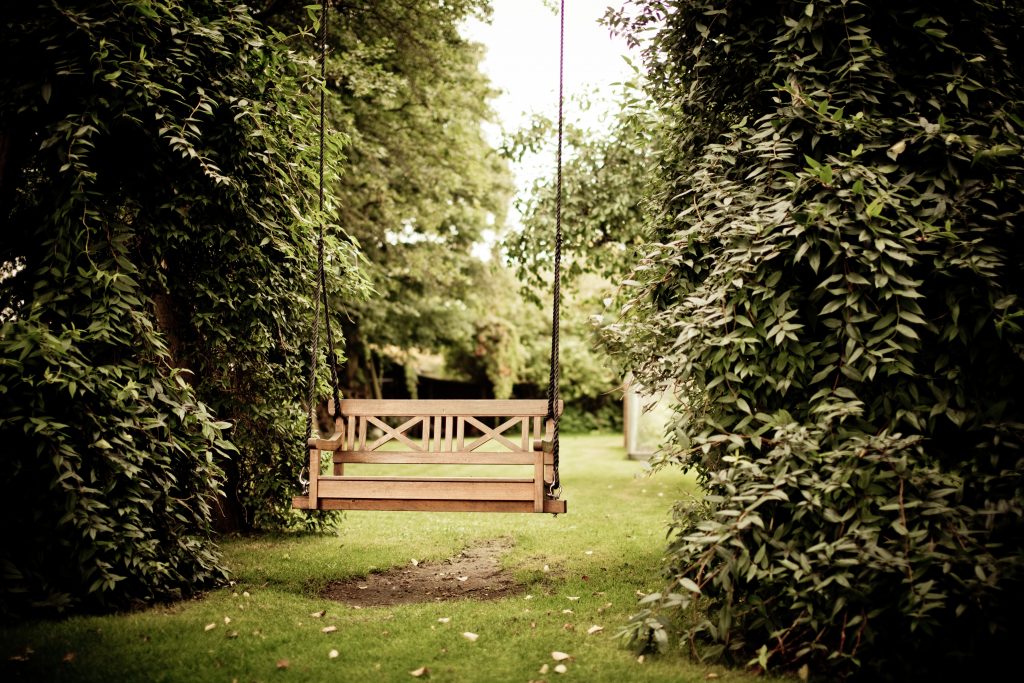
If you’re like most homeowners, you take great pride in your lawn. The sight of well-manicured grass can boost your morale on even the dreariest day. But what should you do if you start to notice dead spots in your Bermuda grass? Don’t panic!
In this blog post, we’ll outline everything you need to know about dead spots in turfgrass and how to treat them. So read on for helpful tips and advice!
All About Bermudagrass
Bermudagrass is a type of warm-season grass that’s commonly used in lawns, golf courses, and sports fields. It’s known for its durability and heat tolerance, which makes it a popular choice in areas with long, hot summers.
Bermudagrass is a relatively low-maintenance turfgrass, but it does require regular mowing and watering to stay healthy. If you live in an area with harsh winters, you’ll also need to take steps to protect your bermudagrass from the cold weather.
Popular Varieties of Bermuda Grass
TIFTUF and TifGrand are two of the highest quality cultivars of Bermuda grass. TIFTUF is a newer variety that’s known for its exceptional drought tolerance. TifGrand, on the other hand, is a more traditional variety that’s renowned for its fine texture, deep green color, and cold-weather tolerance.
What Are Deadspots in Turf?
Dead spots are patches of dead or dying grass that can occur for a variety of reasons. They’re usually circular or oval in shape, and they can range in size from a few inches to several feet.
Dead spots can be caused by disease, pests, or even poor cultural practices such as overwatering or excessive fertilizer use.
How to Tell the Difference Between Dead Spots and Dry Spots
It’s important to distinguish between dead spots and dry spots, as they often look similar. Dead spots are areas where the grass has died and will not recover, no matter how much water or fertilizer you apply.
Dry spots, on the other hand, are areas of drought-stressed grass that will eventually recover if you address the underlying problem.
To tell the difference between dead spots and dry spots, try this simple test:
– Take a screwdriver or other sharp object and insert it into the ground in the affected area. If the soil is dry and crumbly, it’s probably a dry spot. If the soil is wet and mucky, it’s probably a dead spot.
What Causes Dead Spots in Bermuda Grass?
There are several potential causes of dead spots in bermudagrass turf. Common culprits include:
-Disease: Bermudagrass is susceptible to several diseases, including brown patch and dollar spot. These diseases are often caused by fungi that thrive in warm, wet conditions.
-Pests: Bermudagrass may also be damaged by pests such as chinch bugs, grubs, and sod webworms.
-Environmental stress: Environmental stressors such as drought, heat, and cold can also cause dead spots in bermudagrass.
How to Treat Dead Spots in Bermuda Grass
The best way to treat dead spots in bermudagrass is to remove the dead grass and replant it with new seed or sod. This will help to prevent the spread of disease and pests, and it will also give your lawn a much-needed boost of fresh growth.
To remove dead grass, use a sharp spade or knife to cut out the affected area. Then, rake up any remaining dead grass and dispose of it in the trash. Once you’ve removed all of the dead grass, prepare the soil for replanting by loosening it with a rake or hoe.
If you’re planting new seed, spread it evenly over the prepared soil and lightly water it in. For best results, use a Bermuda grass seed mix that’s specifically designed for your climate zone.
If you’re planting new sod, lay the sod in rows and gently pat it down to make good contact with the soil beneath. Once all of the sod is in place, water it thoroughly to help it establish roots.
How to Prevent Dead Spots in Bermuda Grass
The best way to prevent dead spots in bermudagrass is to practice regular lawn care and maintenance. This includes mowing at the proper height, watering deeply and infrequently, and fertilizing only when needed.
You should also perform regular pest and disease control measures to help keep your turfgrass healthy. The key is not to be too heavy-handed or overdo it trying to kill pests that aren’t there.
Bottom Line on Dead Spots in Your Turf
If you see dead spots in your bermudagrass, don’t panic! These dead spots can usually be treated by removing the dead grass and replanting it with new seed or sod.
To prevent dead spots from happening in the first place, practice regular lawn care and maintenance. And if you have any further questions, don’t hesitate to reach out to a qualified turfgrass professional for help.
If you’re looking to replace your bermudagrass with a heartier cultivar, The Turfgrass Group can connect you with a local grower. The pros will help you find the perfect turf to get you set up with a lush, green lawn in no time!
FAQs
What is Bermudagrass, and why is it famous for lawns?
Bermudagrass is a warm-season grass known for its durability and heat tolerance, making it a popular choice for lawns, golf courses, and sports fields in areas with long, hot summers.
Are there specific varieties of Bermuda grass that stand out?
Yes, TIFTUF and TifGrand are highly regarded cultivars of Bermuda grass. TIFTUF is known for exceptional drought tolerance, while TifGrand is recognized for its fine texture, deep green color, and cold-weather tolerance.
What are dead spots in turf, and how do they differ from dry spots?
Dead spots are patches of dead or dying grass that can result from various causes, such as disease, pests, or poor cultural practices. Distinguishing them from dry spots involves checking the soil’s moisture content; dry spots have dry, crumbly soil, while dead spots have wet, muddy soil.
What causes dead spots in Bermuda grass, and how can they be treated?
Dead spots in Bermuda grass can be caused by diseases (brown patch, dollar spot), pests (chinch bugs, grubs, sod webworms), or environmental stress (drought, heat, cold). The best treatment involves removing the dead grass, replanting with new seed or sod, and practicing regular lawn care.
How can dead spots in Bermuda grass be prevented?
Preventing dead spots involves:
- Maintaining regular lawn care practices, including proper mowing height.
- Deep and infrequent watering.
- Fertilizing only when necessary.
Regular pest and disease control measures are also essential for turfgrass health.
What should I do if I notice dead spots in my Bermudagrass?
If you observe dead spots, don’t panic. The recommended approach is to remove the dead grass and replant with new seed or sod. Practicing regular lawn care and seeking professional advice can help prevent and address such issues effectively.
How can I connect with a local grower to replace my Bermudagrass with a heartier cultivar?
The Turfgrass Group can connect you with a local grower who can assist in finding the perfect turfgrass for your needs. Their expertise will help you establish a lush, green lawn in no time.
